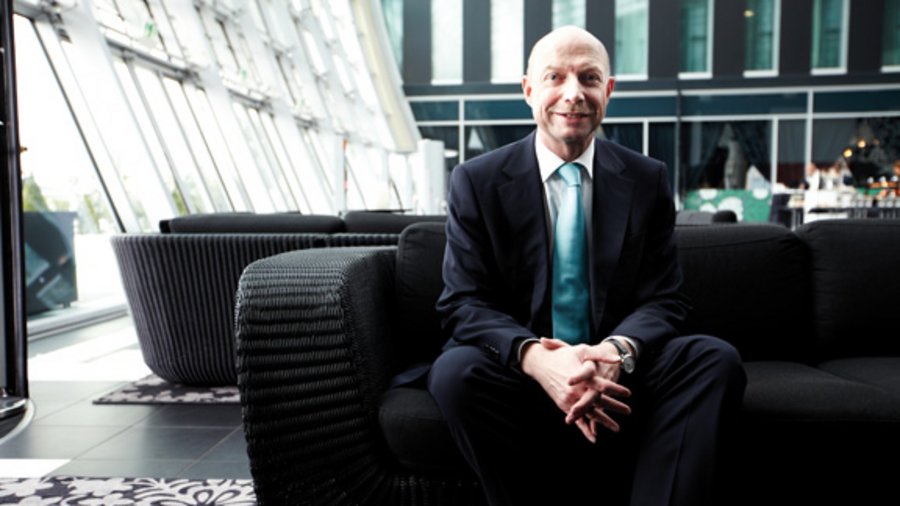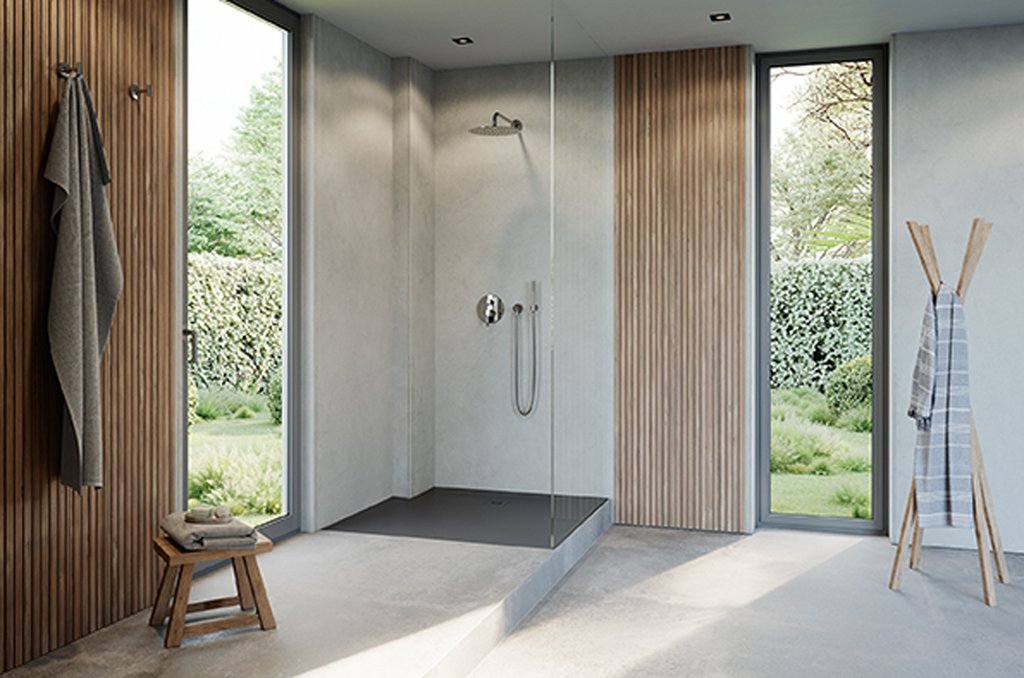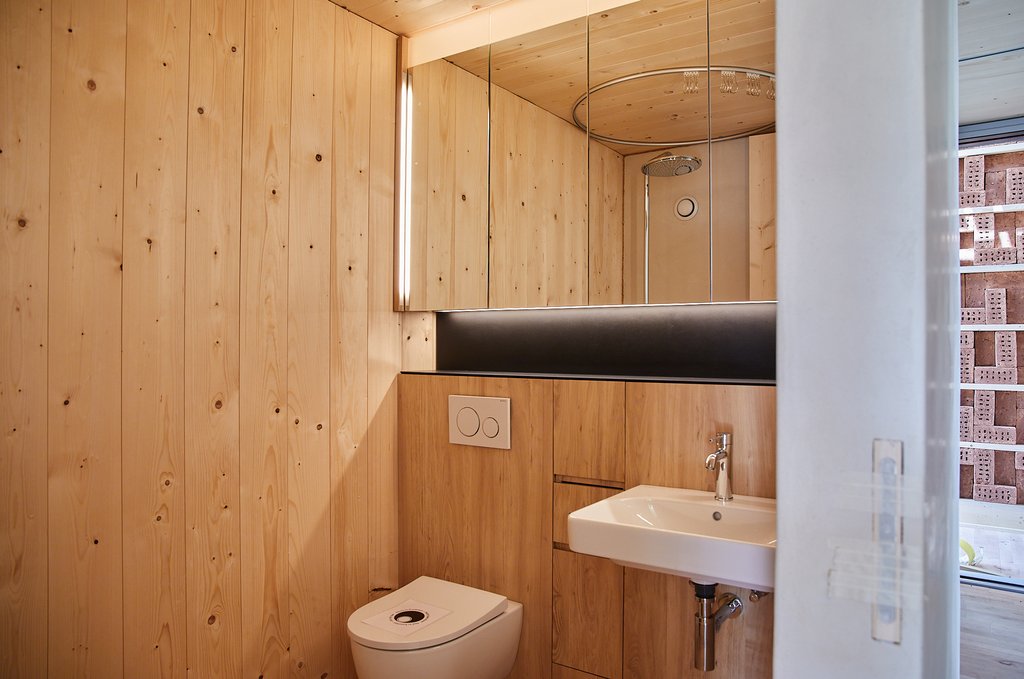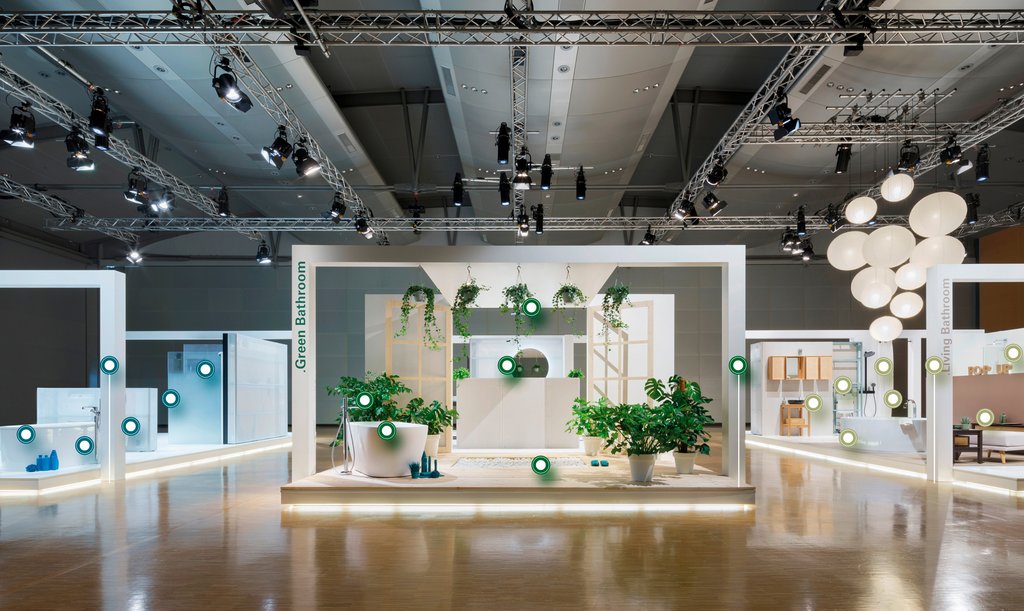Mr Dornbracht, in the last part of the interview we talked about architecture and room concepts. If you interpret it holistically, the principle of room concepts is actually also an approach towards sustainable bathroom design?
Of course. If we can manage to redesign a bathroom throughout a household’s three lifecycles with as little effort and expense as possible, that’s an important contribution towards sustainability too. It’s not just a question of the resources used for production and usage, it’s about a bathroom’s lifecycle as well. In that sense, you can definitely say that a product with an aesthetic lifetime of 20 years is an ecological product.
Doesn’t that clash with the manufacturers’ interests?
Only up to a point. In the sustainability debate you have to balance how much fashion makes its way into the bathroom. On the one hand, interest in the bathroom or a new bathroom is only triggered via the fashion aspect or the trend aspect. So it’s a question of communication as well. But on the other hand, striking the right balance also means coming up with products that are aesthetically durable as well as durable in the sense of their technological functioning. So ecology can actually also be interpreted in a wider-ranging sense as well.
Which brings us to the subject of Green Design – or, as the sanitary industry calls its campaign, “Blue Responsibility”…
That’s the overarching theme. I think that we as manufacturers – and especially as German manufacturers – are already treading this path step by step by trying to reduce the resource requirements and increase resource efficiency. Even so, there is certainly still a need for action throughout the entire sector, and that includes dealers and tradesmen as well. At the end of the day it’s not just about the products but about the entire process, which we haven’t analysed sufficiently from an ecological perspective yet.
Do you think that’s something the customer would appreciate?
Yes, I think so, because nowadays ecology is no longer driven by ideological considerations but by intellectual ones. Either I understand that my behaviour has an impact on the environment or I don’t. But I don’t have to support a political party in order to be ecologically aware. That’s how it was back in the 1980s, but things have changed completely since then.
So what does sustainability in the sanitary sector involve?
Ceramic is a natural material and tap fittings can save water – that’s good. But from an ecological perspective, things like offering not to charge for the second trip the wholesaler makes to a building site on the same day make no sense at all. I would appeal to people to focus not just on the products but on the entire cradle-to-grave process. We have to take the product’s lifecycle as our benchmark, from the disposal of the old bathroom all the way to the disposal of the new one.
How important is the ISH for the sector?
The ISH is the trend forum for the sanitation, heating and air-conditioning sector, it’s as simple as that. The incentive to purchase comes from the articles on the wall, the products the consumers see. But for the trade visitor, it’s also a question of realising who the trendsetters are, and whether perhaps there are any new innovation leaders. It’s not just the new product that’s of interest – in the sense of design, technology and sustainability – but the way the product spectrum is changing too.
And what does the trade visitor get out of it?
To my way of thinking, he has a very important function with regard to the end user. Rather like the operator of a premium fashion store, he has to select the very best for his customers from what the world has to offer. There are maybe 30,000 – 40,000 suppliers of sanitary products, of which 10 % will be exhibiting at the trade fair. And the specialist dealer selects 10 % of those exhibitors as partners. That’s his job: to look at the huge range of brands, products, communication themes and technologies and make a selection for his customers.
The first part of the interview you can read here.
The second part of the interview you can read here.



